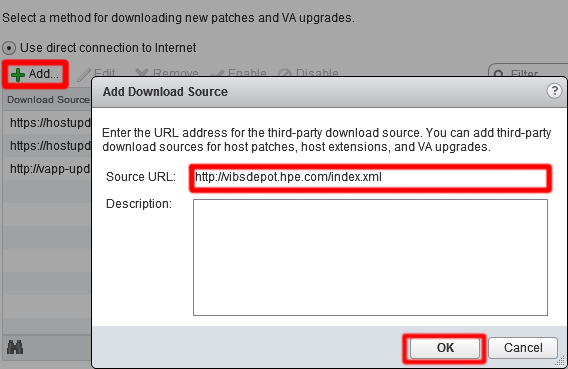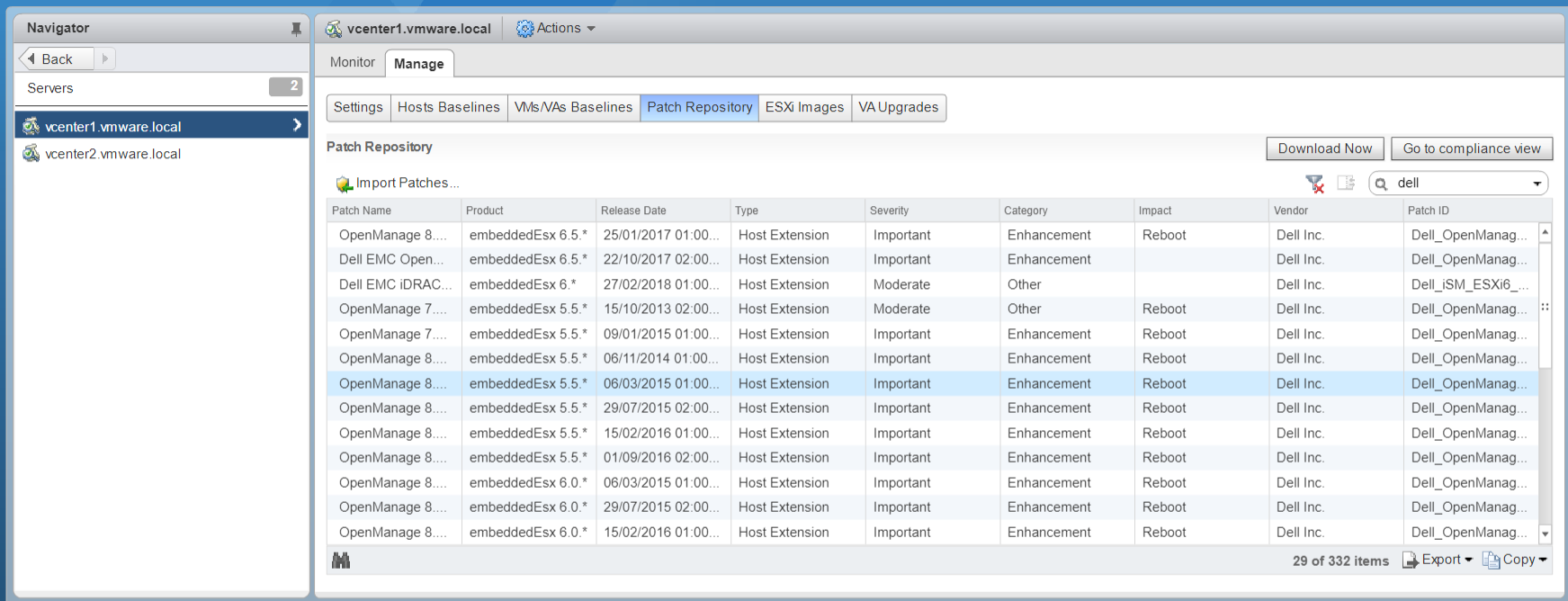The latest DellEMC custom images can also be downloaded from VMware site by following the below instructions 1. Go to my.vmware.com and login with your account credentials. Select View & Download products All Products and then click the View Download Components link of VMware vSphere. Click Custom ISOs.

Device drivers smooth mouse operations, make VMware features such as folder sharing available, and improve sound, graphics, and networking performance. If you do a custom VMware Tools installation or reinstallation, you can choose which drivers to install.
Download Vmware Drivers For Sccm

Which drivers are installed when you install VMware Tools also depends on the guest operating system and the VMware product. The following device drivers can be included with VMware Tools:
Download Vmware Player

Download Vmware Horizon Client
SVGA driver | This virtual driver enables 32-bit displays, high display resolution, and significantly faster graphics performance. When you install VMware Tools, a virtual SVGA driver replaces the default VGA driver, which allows for only 640 X 480 resolution and 16-color graphics. On Windows guest operating systems whose operating system is Windows Vista or later, the VMware SVGA 3D (Microsoft - WDDM) driver is installed. This driver provides the same base functionality as the SVGA driver, and it adds Windows Aero support. |
SCSI driver | Included with VMware Tools is the VMware Paravirtual SCSI driver for use with paravirtual SCSI devices. Drivers for other storage adapters are either bundled with the operating system, or they are available from third-party vendors. For example, Windows Server 2008 defaults to LSI Logic SAS, which provides the best performance for that operating system. In this case, the LSI Logic SAS driver provided by the operating system is used. |
Paravirtual SCSI driver | This driver is for VMware Paravirtual SCSI adapters, which enhance the performance of some virtualized applications. |
VMXNet NIC drivers | The vmxnet and vmxnet3 networking drivers improve network performance. Which driver is used depends on how you configure device settings for the virtual machine. Search the VMware Knowledge Base for information on which guest operating systems support these drivers. When you install VMware Tools, a VMXNet NIC driver replaces the default vlance driver. |
Mouse driver | The virtual mouse driver improves mouse performance. This driver is required if you use some third-party tools such as Microsoft Terminal Services. |
Audio driver | This sound driver is required for all 64-bit Windows guest operating systems and 32-bit Windows Server 2003, Windows Server 2008, and Windows Vista guest operating systems if you use the virtual machine with VMware Server, Workstation, or Fusion. |
Kernel module for sharing folders | The host-guest file system module, called hgfs.sys on Windows guest operating systems and vmhgfs on Linux and Solaris, is required to use the virtual machine with Workstation or Fusion and share folders between hosts and guests. |
vmblock Module | Used in Workstation and Fusion, this module is essential for drag-and-drop copy operations between hosts and guests. |
vShield Endpoint | If you use vSphere and vShield, you can now perform a custom VMware Tools installation to install the vShield Endpoint Thin Agent component. vShield Endpoint uses the hypervisor to perform antivirus scans without a bulky agent. This strategy avoids resource bottlenecks and optimizes memory use. For more information, see the vShield Quick Start Guide. |
ThinPrint driver | This driver enables the virtual printing feature on Microsoft Windows virtual machines. With virtual printing, printers added to the operating system on the client or host appear in the list of available printers in the guest operating system. No additional printer drivers must be installed in the virtual machine. |
Memory control driver | This driver is available and recommended if you use VMware vSphere. Excluding this driver hinders the memory management capabilities of the virtual machine in a vSphere deployment. |
Modules and drivers that support making automatic backups of virtual machines | If the guest operating system is Windows Vista, Windows Server 2003, or other newer Windows operating systems, a Volume Shadow Copy Services (VSS) module is installed. For other, older Windows operating systems, the Filesystem Sync driver is installed. These modules allow external third-party backup software that is integrated withvSphere to create application-consistent snapshots. During the snapshotting process, certain processes are paused and virtual machine disks are quiesced. |
VMCI and VMCI Sockets drivers | The Virtual Machine Communication Interface driver allows fast and efficient communication between virtual machines. Developers can write client-server applications to the VMCI Sock (vsock) interface to make use of the VMCI virtual device. |